1905 US Navy Recruiting Poster
GUEST: Well, it's 1905. It's a Navy recruiting poster. It's a chromolithograph. I acquired it about 1980. I purchased it in a phone auction. I enjoy collecting American history, and the Spanish-American War is a period of time of interest to me. This poster pictures a ship very similar to the Maine. Then, it had antiquity to it, so, I enjoyed it.
APPRAISER: Can I ask how much you paid for it when you bought it? $575. Do you happen to know what ship it is? I have no idea. So the funny thing is, I had no idea, either. And I did a little research and I figured out the name of the ship online. And then, like a thunderclap, it hit me that the
sailors rowing out to the boat are wearing hats that bear the name of the ship.
GUEST: (laughs)
APPRAISER: Which is the U.S.S. Connecticut.
GUEST: That never crossed my mind.
APPRAISER: (chuckles) And the Connecticut, built in 1903-1904, was the last pre-dreadnought class of battleships in the United States Navy. The important part of this is the history, right, a few years after the end of the Spanish-American War...
GUEST: That's correct.
APPRAISER: ...and two years before another seminal naval event in America, which was the sailing of the Great White Fleet.
GUEST: Yeah.
APPRAISER: Where 16 battleships, 14,000 men, under orders from President Theodore Roosevelt, sailed around the world, showing off America's naval might. And that explains, I believe, why this battleship is painted white, in preparation for that. And that's just wonderful, from a military history point of view. There are other Navy recruitment posters that say the exact s, have the exact same text, "Young men wanted for the Navy." And there are two main differences with these other posters. One is that it was a slightly later poster, where the pay is $17 to $77. So, we see how inflation hits.
GUEST: Wow. (laughs)
APPRAISER: The other thing about that other poster is that I have never seen an authentic copy of that poster. I have only seen reproductions. And frankly, when you came up today, I saw this poster and I was, like, "Oh, it's that reproduction. "I'm going to tell this nice gentleman his treasured artifact is no good." And then we looked at it together, and you're right, to a point. It's not a chromolithograph, it's a lithograph poster.
GUEST: Mm-hmm.
APPRAISER: Printed in Washington by Andrew B. Graham. In the world of posters, unlike paintings, which can be unique, there's no such thing as one of a kind. This was a recruiting poster. They would have printed thousands, tens of thousands, maybe even hundreds of thousands, and distributed them across the country. And yet, in my entire career, which, I'm embarrassed to say, has been almost 30 years in the business, I have never seen an original copy of this poster before.
GUEST: Wow.
APPRAISER: I'll go one step farther. When I went online to look for this poster, I found nothing. It has zero digital trace, which is very surprising, in fact, in this day and age. So, it also speaks to its rarity. In 1905, when this poster was printed, it was really the dawn of the modern American Navy. In the years following the Spanish-American War, the ships were mostly older Civil War-era. As America entered into the 20th century, uh, we realized that we needed to improve our fleet. And these Connecticut-class ships were among the ways that we did that. In what research I was able to do today, I have not found an earlier American lithograph recruiting men into the United States Navy. There are broadsides, which are typographic only, there are political cartoons, but I believe this might be the earliest American naval recruiting poster, uh, to have been printed. It's not in the best condition.
GUEST: No.
APPRAISER: Right? There are some damaged pieces here. The colors are a little faded, uh, specifically the reds, which would have been a brighter red.
GUEST: Mm.
APPRAISER: And you see a few spots of actual bright red that still are there in front of the letters. Those are not parts of the poster that didn't fade. What that is are places in the poster that, years ago, were touched up with paint in red to match the existing red. But when you get your hands on a holy relic and there are some chips and some flaws, you excuse those...
GUEST: Amen.
APPRAISER: ...because there's no opportunity to find another one in better condition on the market. But when you have a piece that hasn't come up for sale before, it's very difficult to find comparables. So, conservatively is the best that I can be. Uh, and I would think that at auction today, this poster would sell for between $4,000 and $6,000.
GUEST: Sounds good to me.

$4,000 - $6,000 Auction
Photos
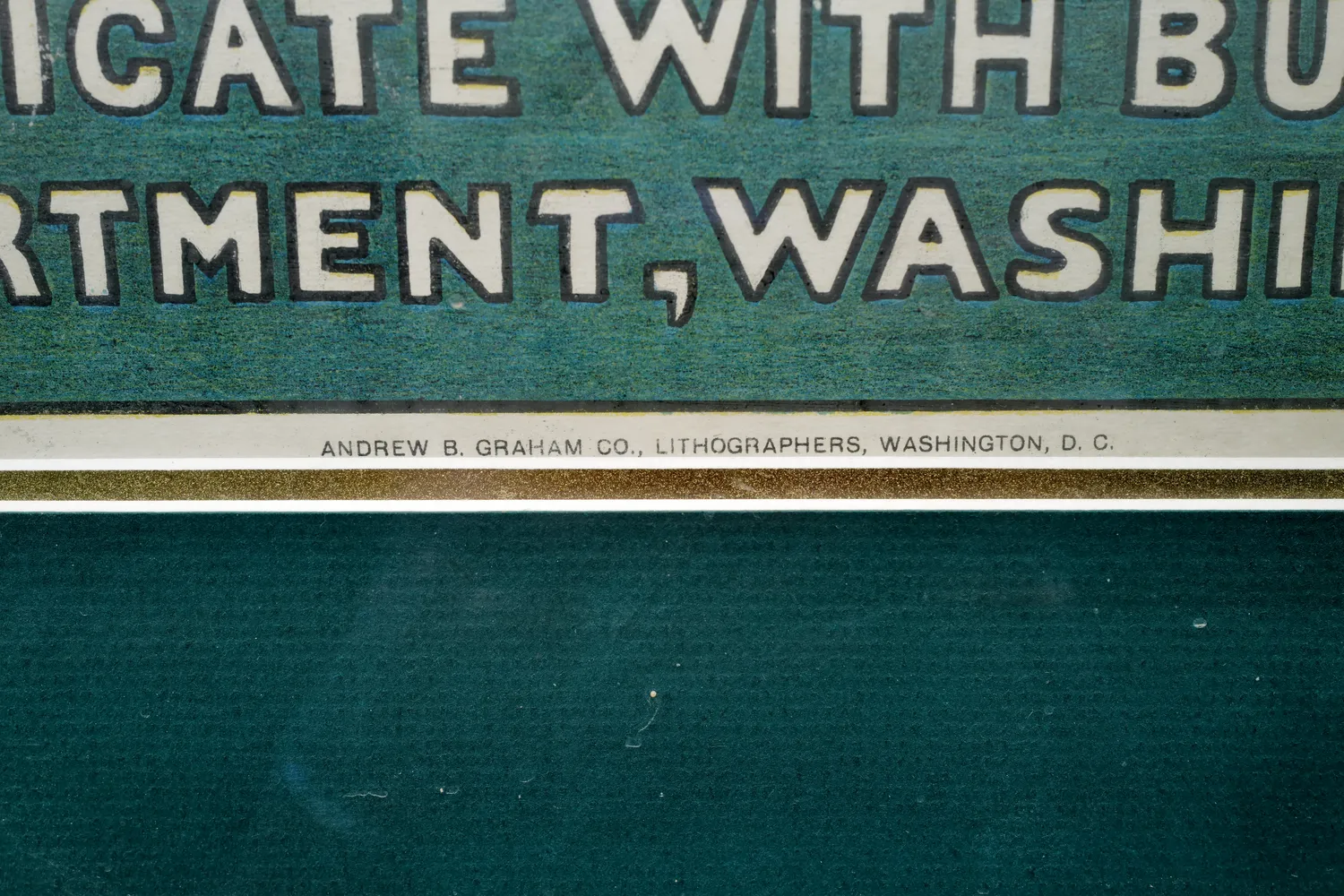
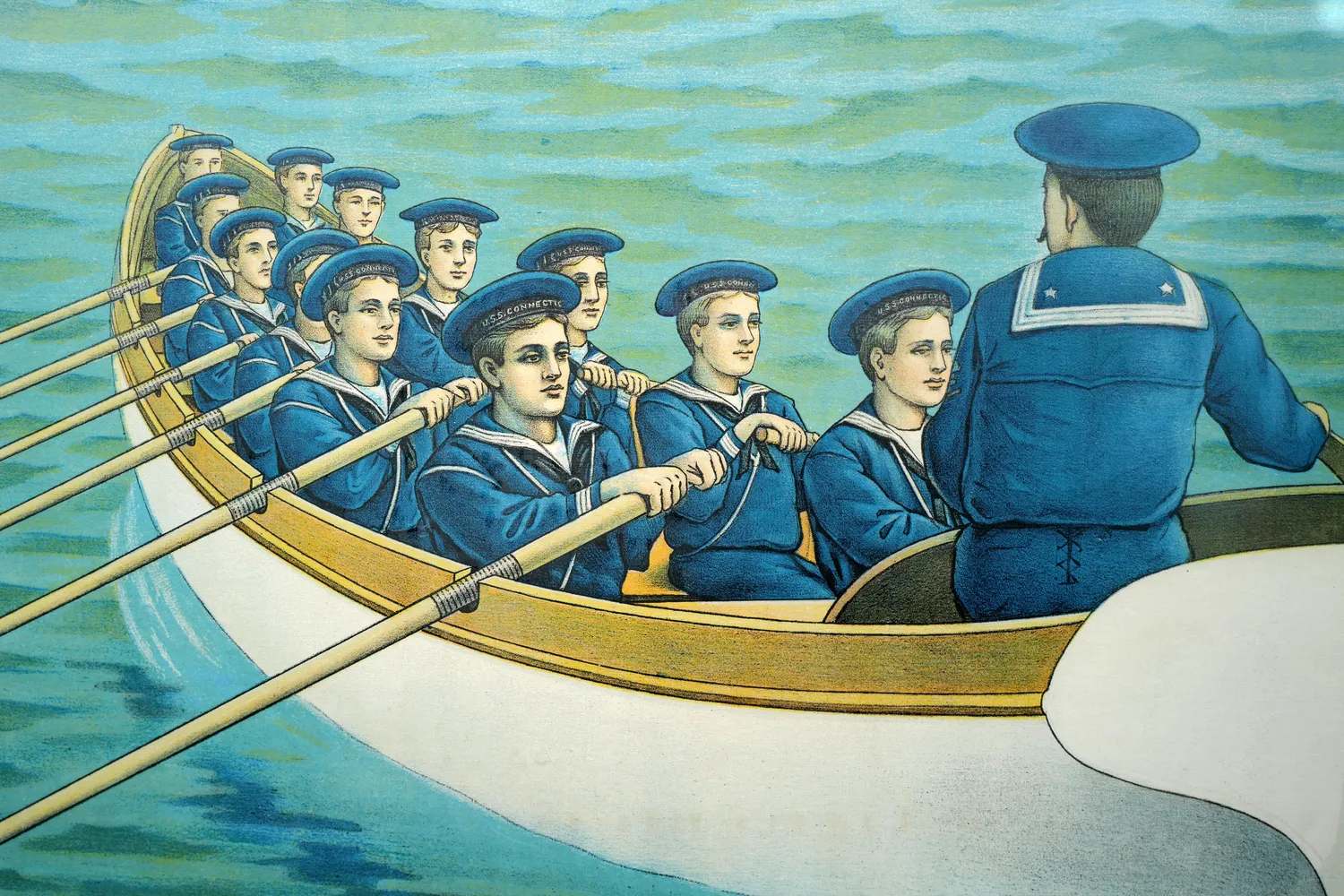
Featured In
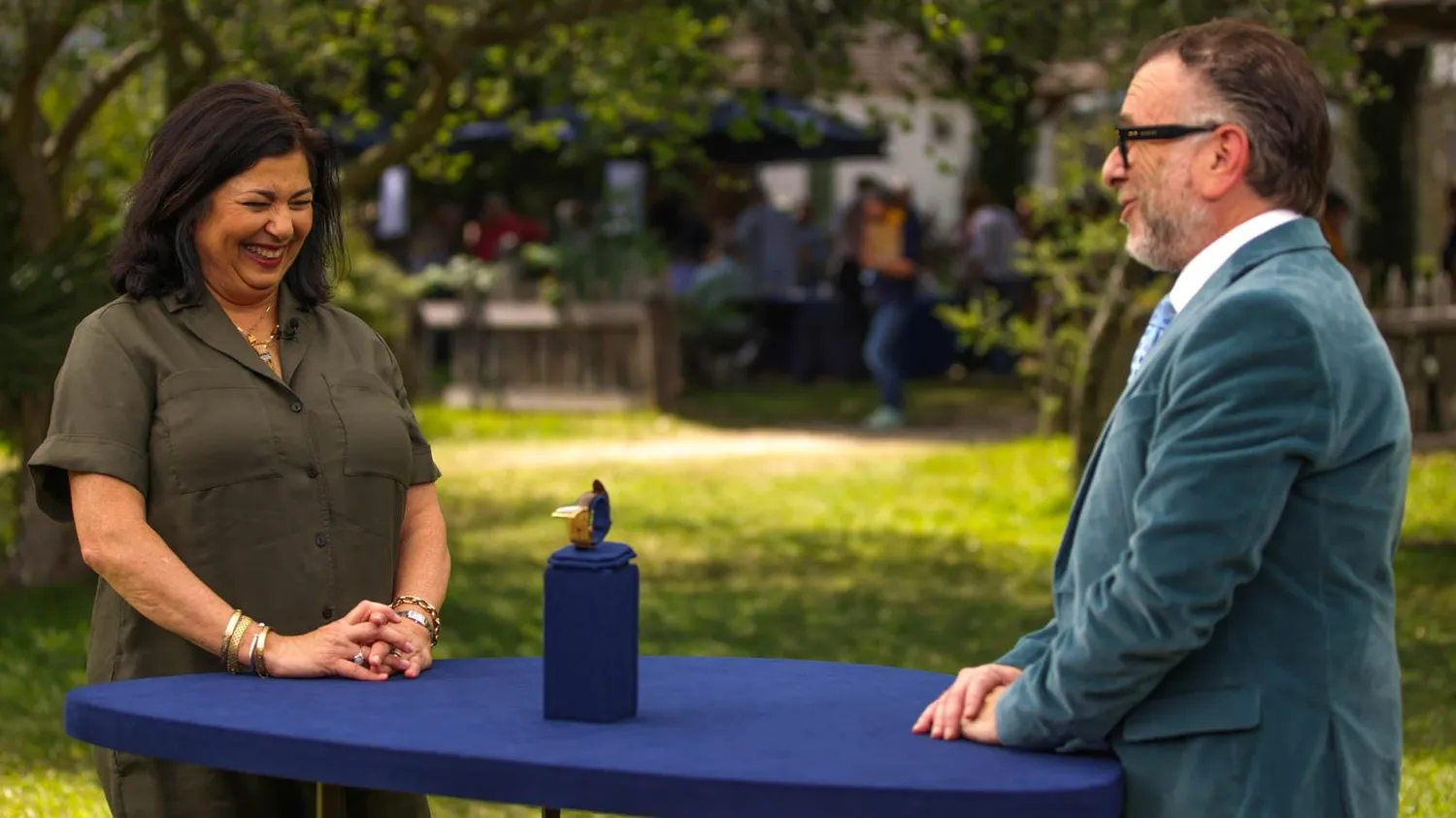
episode
LSU Rural Life Museum, Hour 3
ANTIQUES ROADSHOW visits Louisiana for fascinating finds. One is appraised at $138,000!
2D Art

appraisal
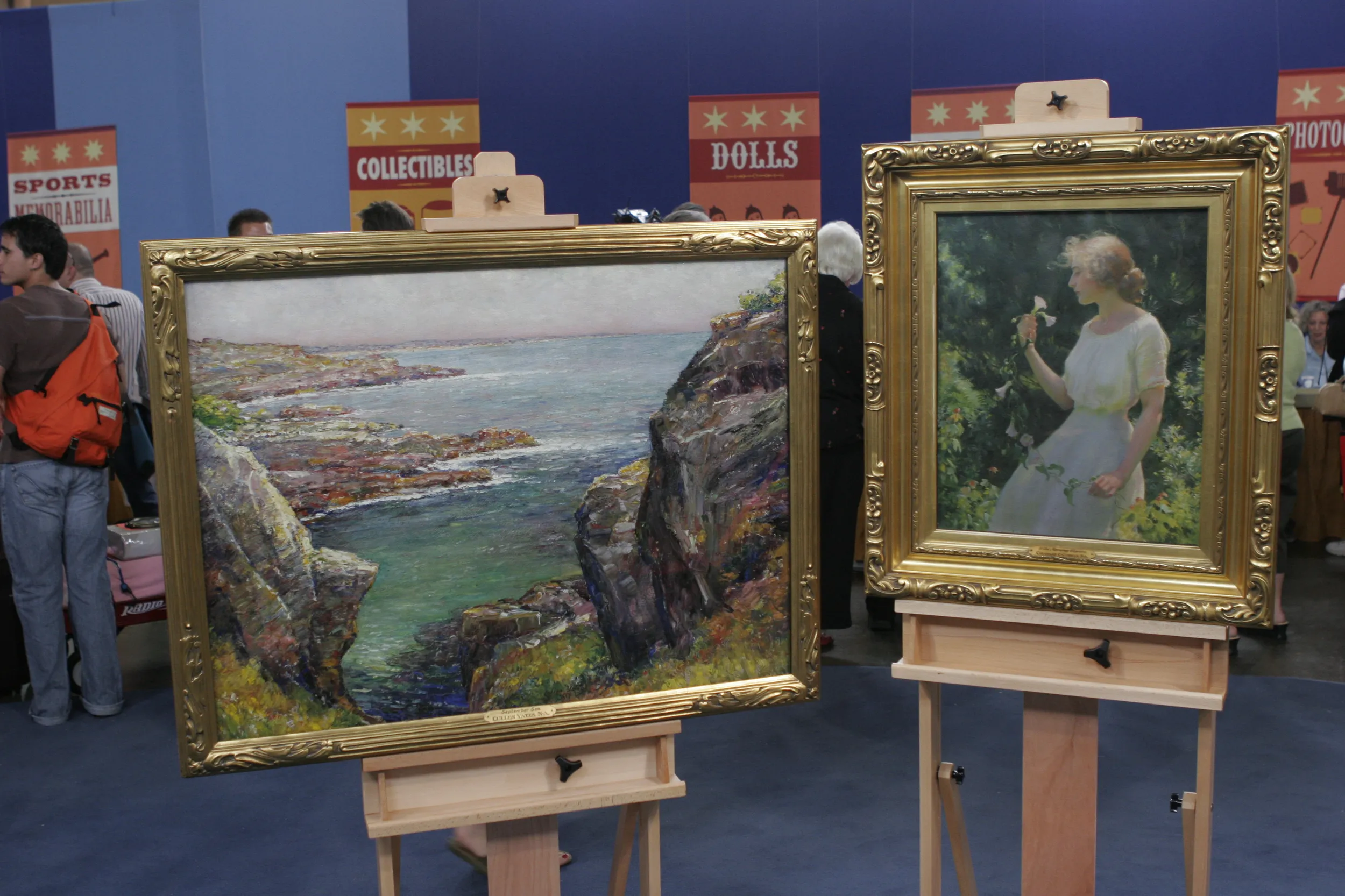
appraisal
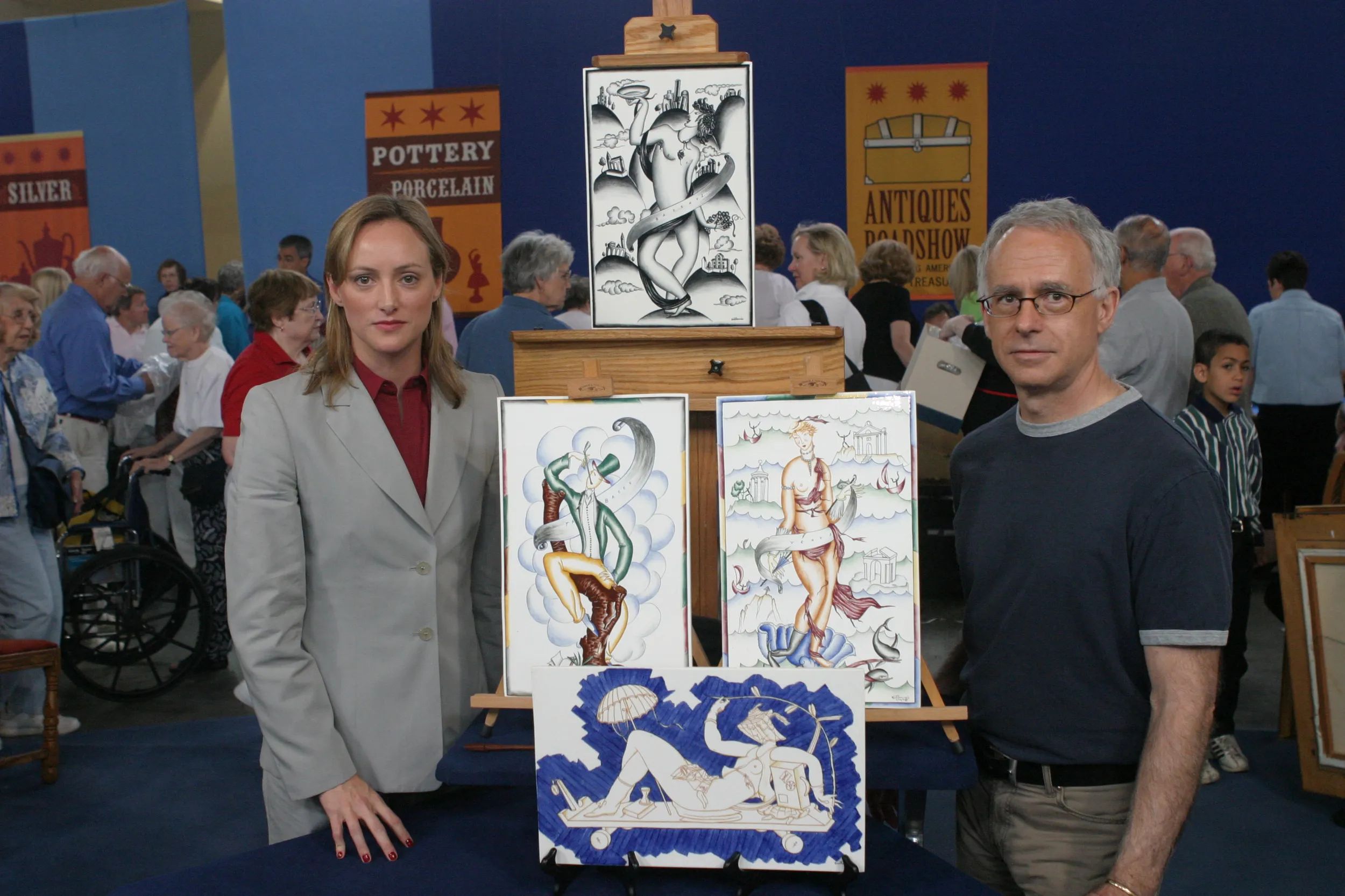
appraisal
Understanding Our Appraisals
Placeholder



